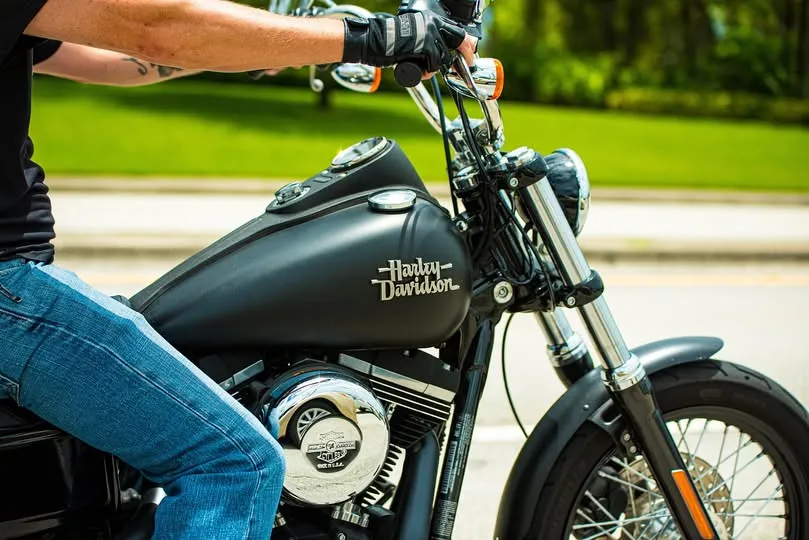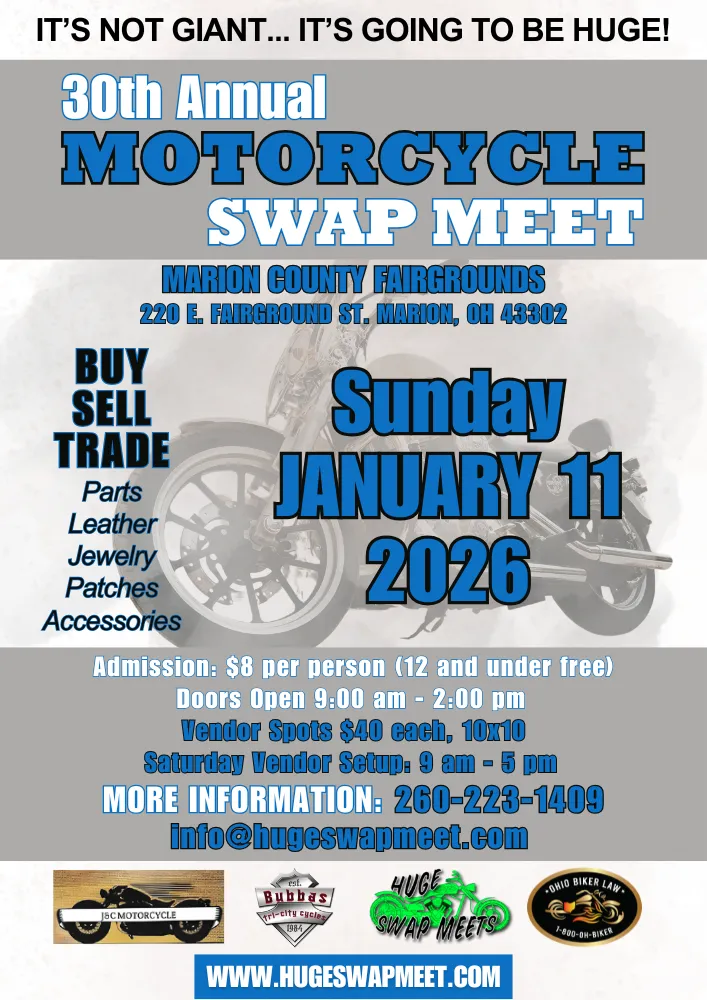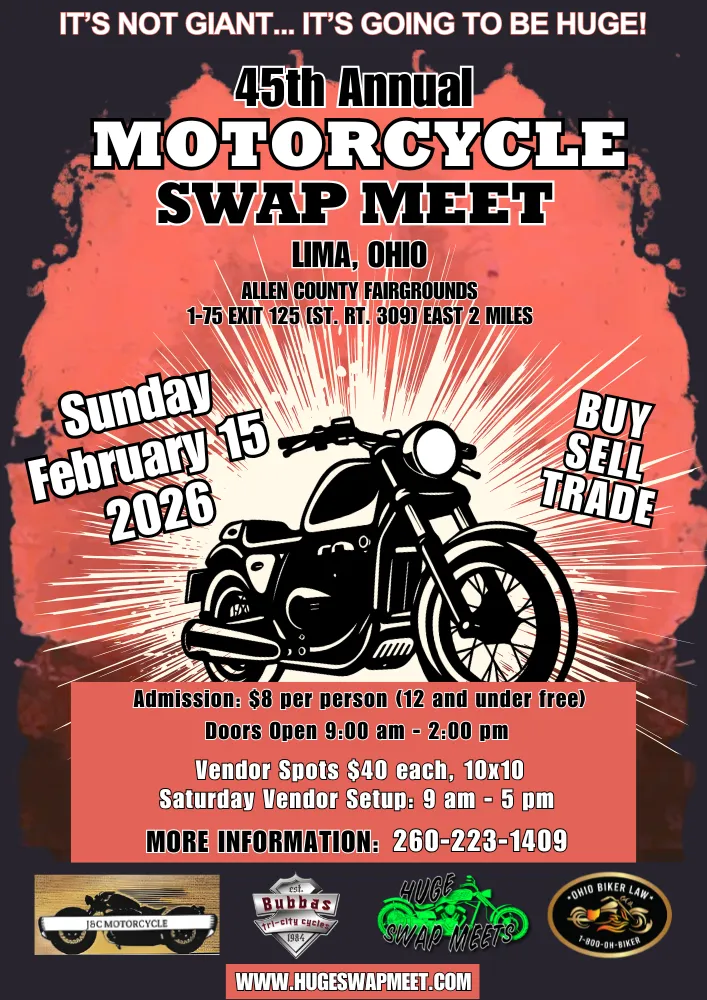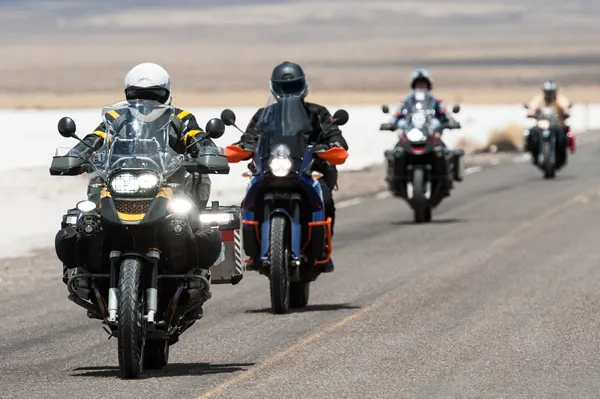Thank You Huntington County!

A huge shout-out to everyone who joined us at the Huntington County Swap Meet! We appreciate your support and can’t wait to see you again next time!
Top 10 Tips for New Motorcycle Riders: Ride with Confidence

Getting your motorcycle license and hopping onto your first bike is an unforgettable experience. There’s nothing quite like the feeling of freedom and connection with the open road. But as thrilling as it is, motorcycling comes with unique responsibilities. Whether you’re just getting started or looking to build more confidence, this guide covers the top 10 tips every new rider should know before hitting the throttle.
1. Choose the Right Bike for Your Skill Level
Not all motorcycles are created equal—and not all are beginner-friendly. Start with a bike that matches your skill level, size, and comfort. Lightweight cruisers, standards, and small sport bikes are great entry-level options. Don’t be tempted to go for high horsepower too soon; it’s better to master the basics before moving up to more powerful machines.
2. Invest in Quality Gear
Protective gear isn’t just about safety—it’s about riding smart. At a minimum, invest in a DOT-approved helmet, abrasion-resistant jacket and pants, gloves, and boots that cover your ankles. Gear made with armor or Kevlar can help minimize injuries in case of a fall.
3. Take a Motorcycle Safety Course
A motorcycle safety course offers hands-on experience that classroom learning can’t match. You’ll learn the fundamentals of handling your bike, emergency maneuvers, and defensive riding skills—all in a controlled environment. Many states even offer insurance discounts or license waivers for completing these courses.
4. Learn to Ride Defensively
Motorcyclists are more vulnerable than other drivers, so defensive riding is essential. Stay alert, anticipate what other drivers might do, and position yourself where you can be seen. Always assume other drivers don’t see you, and never ride in a car’s blind spot.
5. Master the Controls Before Hitting Busy Roads
Before riding in traffic, spend time in an empty parking lot practicing starts, stops, tight turns, and gear shifting. Get comfortable with how your clutch engages, how your brakes respond, and how your bike behaves at low speeds.
6. Check Your Bike Before Every Ride
Perform a quick pre-ride inspection using the T-CLOCS checklist (Tires, Controls, Lights, Oil, Chassis, Stands). Ensuring your motorcycle is in good working order reduces the risk of mechanical issues when you’re on the road.
7. Understand the Importance of Countersteering
Countersteering—pushing the handlebar in the opposite direction of the turn—is a technique that surprises many new riders. It’s how motorcycles lean and navigate turns effectively. Learn it early, and practice it regularly to sharpen your cornering skills.
8. Watch the Road Surface
Gravel, oil spots, wet leaves, and potholes can cause serious problems for motorcycles. Keep your eyes ahead and scan the road for potential hazards. Adjust your speed and lane position to avoid slippery or uneven patches.
9. Stay Relaxed and Stay Loose
Tight arms and shoulders can throw off your balance and control. Keep your grip relaxed and use your legs to grip the tank, especially during turns or windy conditions. A relaxed rider is a more responsive rider.
10. Keep Learning and Riding
Experience is the best teacher. Ride often, ride smart, and always look for opportunities to grow your skills. Watch tutorial videos, read riding guides, and talk to experienced riders. The more you learn, the more confident and capable you’ll become.
Final Thoughts
Starting your motorcycle journey is exciting, and with the right approach, it can be one of the most rewarding experiences of your life. Prioritize safety, be patient with yourself, and remember—every great rider started as a beginner. Ride your ride, enjoy the journey, and welcome to the road.








